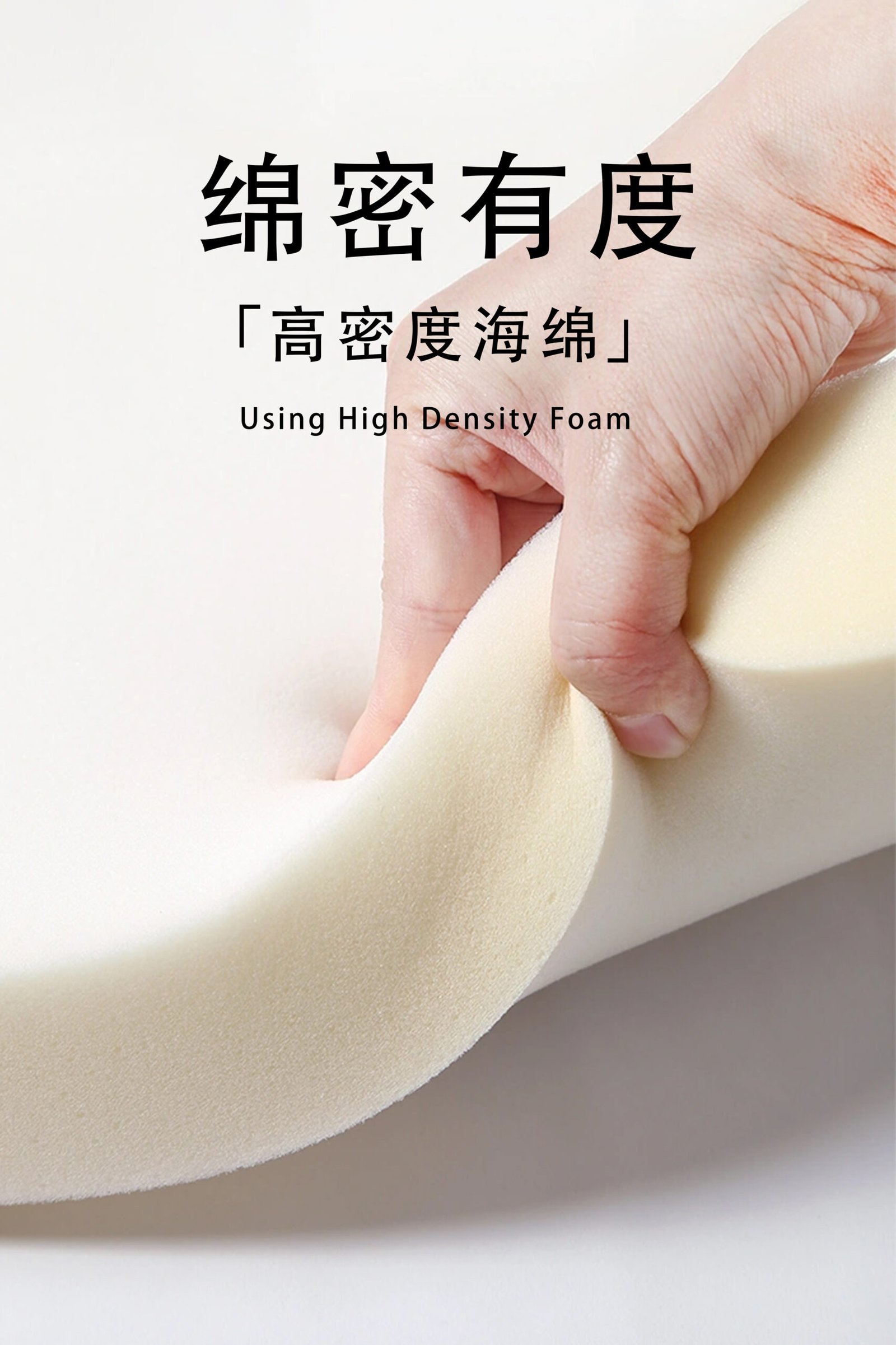
Returning a compression sofa can be frustrating—especially when you're unsure where to start.
To return a compression sofa, you need to inspect it, understand the seller’s return policy, contact customer service, document the issue, repackage the sofa, and follow specific return and shipping instructions.
I’ve returned sofas before, and I know one thing for sure: if you don’t follow every step carefully, you risk losing money or wasting weeks. So let me break it all down for you.
What should I check before deciding to return the sofa?
Problems don’t always show up right away—sometimes it’s the little things that cause big issues later.
Before returning your compression sofa, inspect it thoroughly for damage, wrong specifications, or performance issues. This helps you decide if the return is justified.

Why initial assessment matters
When I received my last shipment, the box looked fine, but the sofa inside had a torn fabric edge and wouldn't decompress fully. So I always do a full check:
🔍 What to inspect:
- Exterior: Look for visible damages—tears, scratches, or stains.
- Internal components: Check for broken springs or frame issues.
- Functionality: Does it decompress and expand correctly?
- Specs: Does it match the product listing dimensions and materials?
You can use this checklist:
| Item to Check | What to Look For |
|---|---|
| Fabric/Upholstery | Holes, stains, or color mismatch |
| Compression Mechanism | Smooth operation or stuck parts |
| Frame/Structure | Cracks, warping, or loose joints |
| Dimensions | Matches your order specification |
Take clear photos or videos during the check. These will be helpful later when you contact support.
What return policies should I look for?
Not all sellers play by the same rules—knowing the return policy avoids nasty surprises.
Review the seller’s return policy for details on time limits, repacking rules, and restocking fees. These conditions decide whether your return is accepted.

What to focus on in return policies
Some platforms like Amazon or Alibaba offer protections, but others don’t. So here’s what I always double-check:
- Return window: Is it 7, 14, or 30 days? Start counting from delivery day.
- Packaging requirements: Does the sofa need to be in original wrapping?
- Condition rules: Does “like new” mean unused, or can it be tested?
- Fees: Are there hidden costs like restocking or shipping charges?
If the policy is confusing, don’t guess. Contact customer support and ask for written confirmation. I always save those chats or emails in case I need them later.
Who should I contact and what should I say?
It’s not just what you say—it’s how you say it that speeds things up.
Reach out to customer service with your order number, proof of purchase, issue description, and photos or videos. Clear communication leads to faster resolution.

How to write or call customer support
Here’s what I prepare before sending a message:
- Order info: Order ID, date of purchase, platform (e.g., AliExpress)
- Issue summary: Keep it simple and direct—“sofa won’t decompress fully”
- Evidence: Attach 2-3 photos and/or 1 short video
- Request: Ask clearly if you want a refund, replacement, or store credit
A short example message:
Hello, I received a [model name] sofa on [date]. Upon unpacking, I noticed a tear in the upholstery and that it doesn't decompress as expected. Please see attached images and video. I would like to request a return and refund under your 14-day policy. Kindly advise on next steps.
You want to be polite but firm. I always keep the tone professional—customer service reps are more helpful when they feel respected.
How do I repackage the sofa for return?
This part can make or break the whole return. Literally.
Carefully repack the compression sofa using its original materials or sturdy substitutes. Disassemble if needed and protect all parts during transit.

Repack like a pro
Returning a sofa isn’t like sending a book back to Amazon. It takes work.
Here’s my repack routine:
- Clean: Wipe off any dirt or dust.
- Disassemble: Detach legs, pillows, or arms if applicable.
- Bundle parts: Put screws or bolts in labeled bags.
- Wrap carefully: Use bubble wrap or foam padding for corners and fragile parts.
- Box it up: Use the original box. If not available, choose a thick cardboard box and reinforce it with extra tape.
Tip: Add a note inside the box with your name, order number, and return reason. This helps the warehouse process your return faster.
What are the shipping steps and costs?
One mistake here could mean no refund.
Use the return label provided, or ship with a reliable courier if you’re responsible. Always get tracking and insure the shipment.

Who pays for shipping?
This varies. Some sellers cover the cost if it's their fault (defect, wrong item). If you just changed your mind, you might have to pay. I always ask this before confirming the return.
Return shipping checklist:
| Task | Notes |
|---|---|
| Attach return label | Provided by seller or generate your own |
| Use trackable shipping method | UPS, FedEx, or DHL recommended |
| Insure the package | For expensive sofas, always insure |
| Save shipping receipt | Needed in case the package is lost |
Don’t skip tracking—it’s your only proof if something goes wrong during delivery.
Conclusion
Returning a compression sofa doesn’t have to be a nightmare—just follow these steps, stay organized, and always keep receipts and documentation.